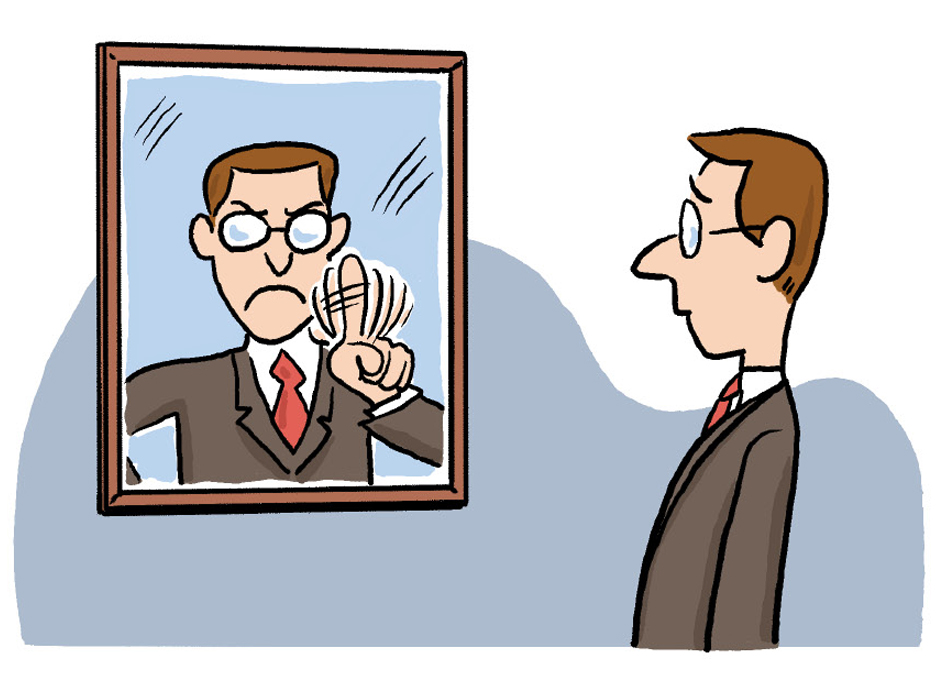
One important concept in the Code of Professional Conduct that guides members of the U.S. actuarial organizations is that of a conflict of interest. It is addressed by precepts 6 and 7. However, these precepts seem to presuppose that everyone knows what a conflict of interest is. This article explores what may, and what may not, be a conflict of interest.
Precepts 6 and 7 may be summarized as follows:
PRECEPT 6. An Actuary shall make appropriate and timely disclosure to a Principal of the sources of all material compensation that the Actuary has received, or may receive, from another party in relation to an assignment for which the Actuary has provided, or will provide, Actuarial Services for that Principal.
PRECEPT 7. An Actuary shall not knowingly perform Actuarial Services involving an actual or potential conflict of interest unless the Actuary’s ability to act fairly is unimpaired.
(Precept 6 contains additional details to make it inclusive and material that goes to its application, rather than the substance of the precept. Precept 7 bullets B and C cover disclosure and acceptance rather than the nature of a conflict.)
But What Is a Conflict of Interest?
The summary of Precept 7 above suggests a definition for actuaries. “An Actuary shall not knowingly perform Actuarial Services … unless the Actuary’s ability to act fairly is unimpaired.” So, an actuary faces a conflict of interest when their ability to act fairly might be impaired. It is interesting that Precept 7 does not mention apparent conflicts of interest. I think this specific issue comes into a “look in the mirror” test described below.
It may be instructive to look at how other professions address conflicts of interest. In each case, this is my understanding based on discussions with people in those fields.
Law—An attorney may not take a case where it is foreseeable that serving the prospective client might place the attorney in an adverse position with another client. This is quite different from actuaries, and I think it derives from attorneys being advocates while actuaries are generally advisers.
Medicine—The medical profession has protocols but in the end they come down to the individual doctor’s assessment as to whether his or her ability to act in the best interests of the patient would be impaired.
How do Precepts 6 and 7 Work Together?
Precept 6 covers conflicts of interest arising from compensation. It requires full disclosure by the actuary so the principal can decide whether to engage the actuary. So presumably Precept 7 covers situations other than compensation, such as other financial situations (e.g., stock ownership), and non-financial situations such as reputation in the marketplace, or where the work might affect a relative’s employment.
What Must the Actuary Do?
Precept 6 requires disclosure of any other compensation (direct or indirect) that exists. Precept 7 is straightforward once the actuary has identified a conflict or a potential conflict—disclosure must be made to all parties, and explicit consent received from all parties, to perform the work. The actuary has to make a judgment, which can be referred to as a “look in the mirror” test. If the actuary cannot look at him- or herself in the eye and say, “I can act fairly while doing this work (and give my client the best advice),” he or she needs to act in accordance with Precept 7 and decline the assignment. It is prudent when making the judgment as to whether the actuary can act fairly to consider whether some other party may see an apparent conflict of interest, and if so how the actuary would respond if challenged.
What Is the Actuary Not Required to Do?
Actuaries frequently advise clients who are competitors at the same time. In this case they have a duty to respect and not disclose the confidential information of one client to anyone else (including another client). However, the actuary may serve both clients and does not have a disclosure requirement (except in very general terms, which do not identify the other clients.)
Conclusion
Conflicts of interest are a very real part of a consulting actuary’s life. (They are not limited to consultants; company actuaries can also face conflicts of interest.) The “Golden Rules” about conflicts are:
- Stay aware that you may be conflicted. Periodically consider whether your ability to act fairly might be impaired, and if there is any such possibility, to address the problem. Unlike cheese and fine wine, unresolved conflicts never improve with age.
- Read the Code, especially precepts 6 and 7, carefully and tease out what it means.
- If you think there might be an issue, consider talking to someone—such as another actuary, your partner, your practice leader, or an attorney. Nothing clarifies one’s thinking like having to articulate the issue to someone else.
- Consider a Request for Guidance from the ABCD. It is confidential and quick. (I much prefer doing RFGs to wrestling with complaints.)
- Err on the side of disclosure. It is far better to address an issue at the start of an assignment when the stakes are small than late in the assignment when the stakes get large.
The success of our self-regulating system depends upon maintaining the confidence of the public in the actuary’s impartiality when serving the Principal. Actuaries should either avoid situations in which a reasonable person might question their objectivity or disclose that situation to present and known prospective Principals. Precepts 6 and 7 speak to situations in which the Principal might be concerned that the actuary is motivated by considerations other than the actuary’s desire to do what is best for the Principal.
GODFREY PERROTT, MAAA, FSA, is a member of the Actuarial Board for Counseling and Discipline.

